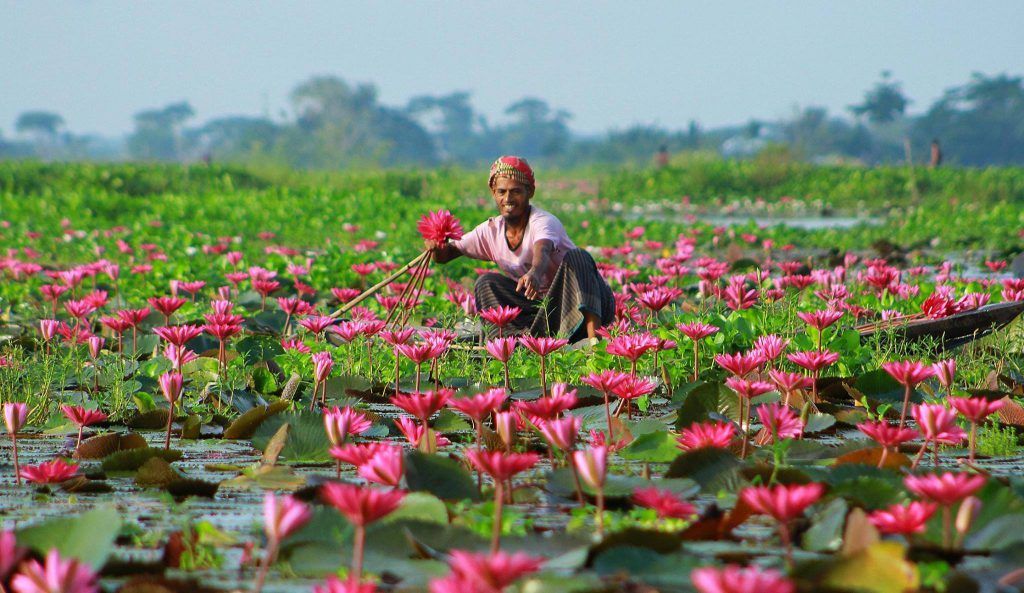From Afghanistan to Zimbabwe, extreme weather linked to climate change is causing misery and hunger for millions of people – 811 million are currently going hungry around the world, a figure that will balloon exponentially if the 196 countries that signed up to the Paris Agreement in 2015 do not fulfil their obligations.
Developed countries promised to furnish the finance and resources that vulnerable, lower-income countries need to adapt to the devastating consequences of the crisis. For this reason, COP26, the UN’s big climate change summit kicking off in Glasgow on Sunday, is a critical moment.
We must recognize that in seeking to limit global warming to 1.5°C, keeping ‘well below’ 2°C, the international community is trying to close the stable door after the horse has bolted – but close it we must to avert a catastrophe. (As the UN’s climate change site puts it: “To achieve this long-term temperature goal, countries aim to reach global peaking of greenhouse gas emissions as soon as possible to achieve a climate-neutral world by mid-century.”)
And no one is exempt. This year there have been devastating floods in Germany and New York. Italy registered the hottest temperature ever recorded in Europe – 48.8°C. Wildfires wreaked havoc on popular holiday destinations in Greece and Turkey.
Ethiopia, Madagascar, South Sudan and Yemen are among countries where 584,000 people currently face famine-like conditions as climate change intersects with the other huge driver of hunger, conflict – pushing 42 million to the brink of famine.
World Food Programme (WFP) climate and disaster risk prevention chief Gernot Laganda explains: “Natural resources such as clean water and fertile land are becoming scarce and competition over these resources is becoming fiercer. This is leading to a toxic interplay between the climate crisis, conflict and hunger.”
According to the latest figures, if the earth’s temperature were to rise 4°C above pre-industrial levels, 1.8 billion more people would be pushed into hunger. For a measure of the challenge that would pose, consider: WFP, with a 20,000-strong workforce across more than 80 countries, currently aims to reach 100 million people and needs US$6.6 billion to avert famine.
Last week Petteri Taalas, head of the World Meteorological Organization, summed up the urgency of the task at hand: “The rapid shrinking of the last remaining glaciers in eastern Africa, which are expected to melt entirely in the near future, signals the threat of imminent and irreversible change to the earth system.”



